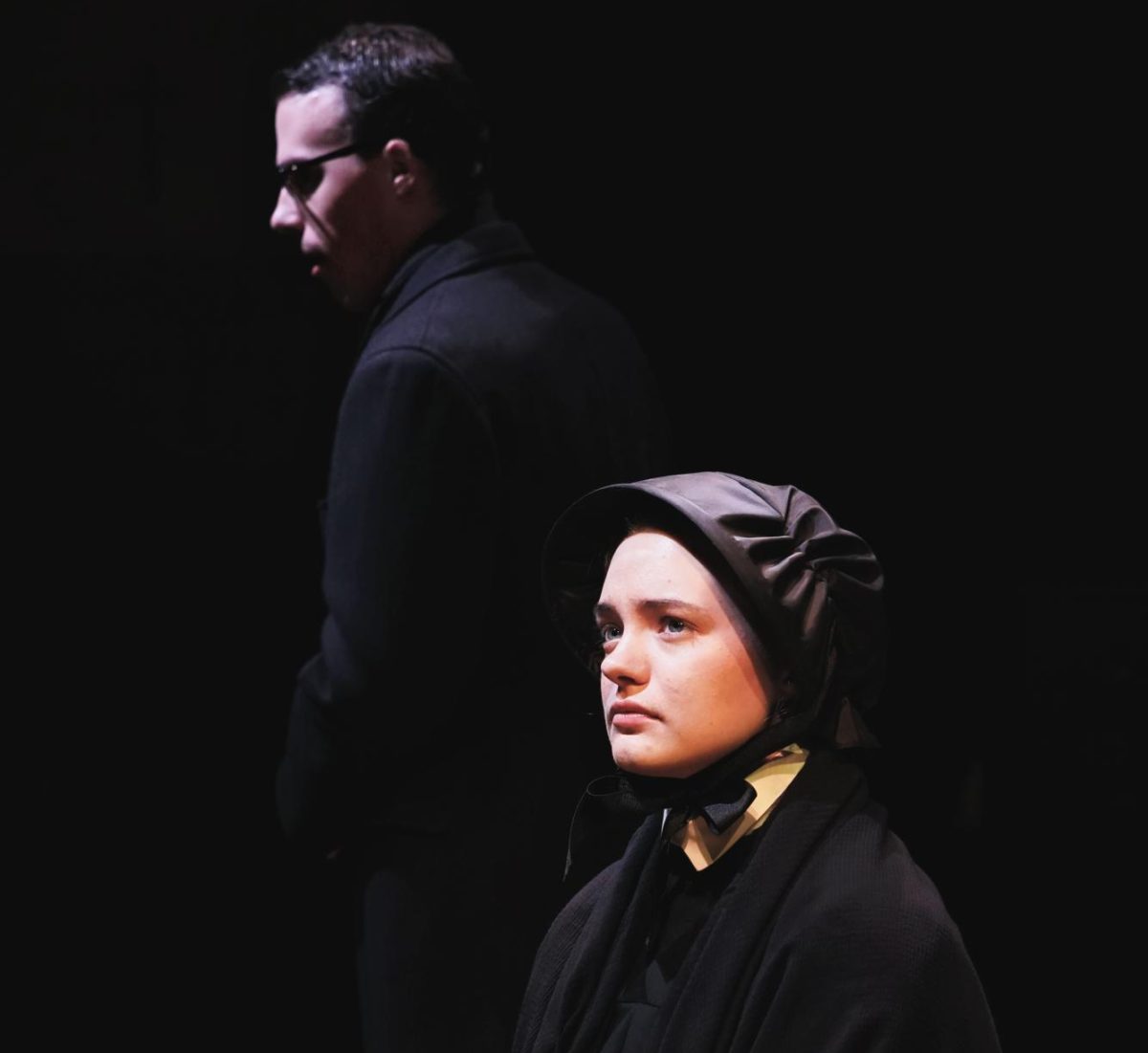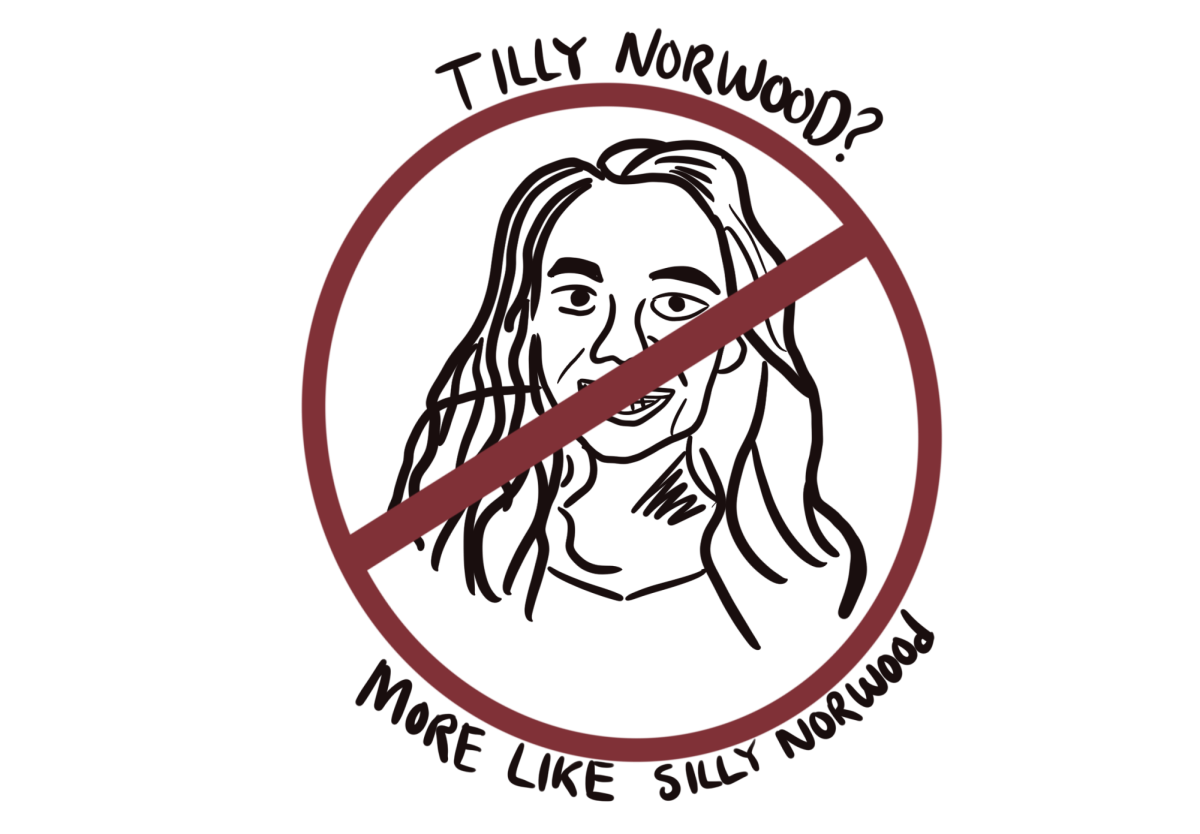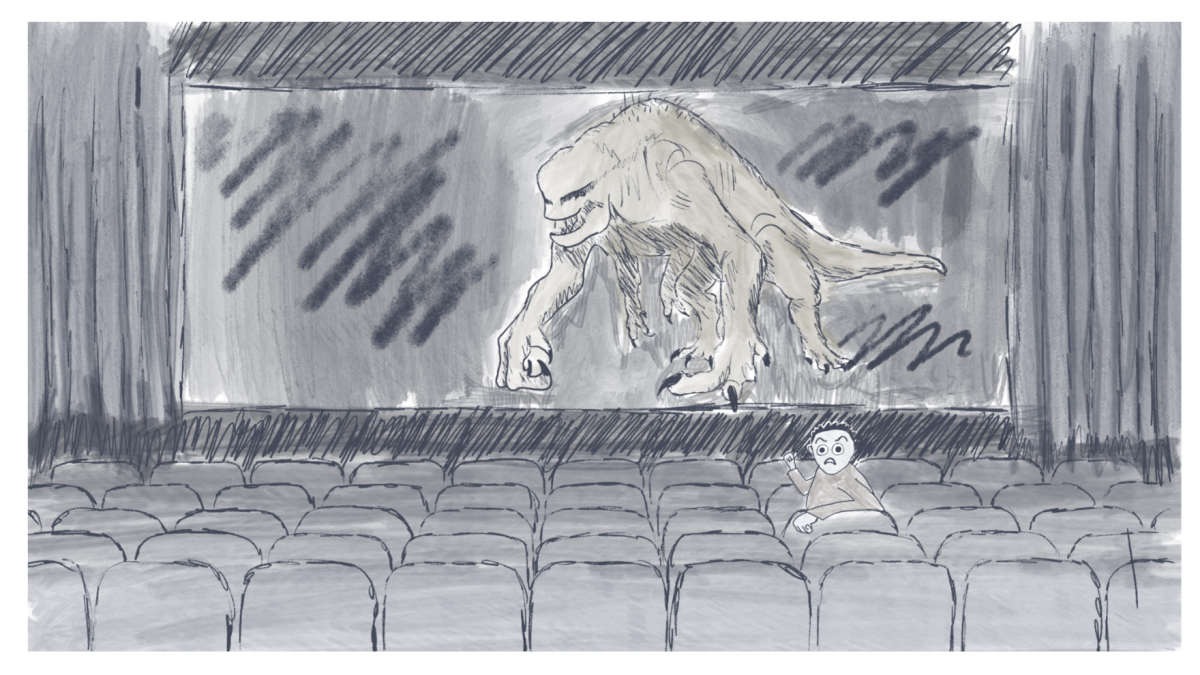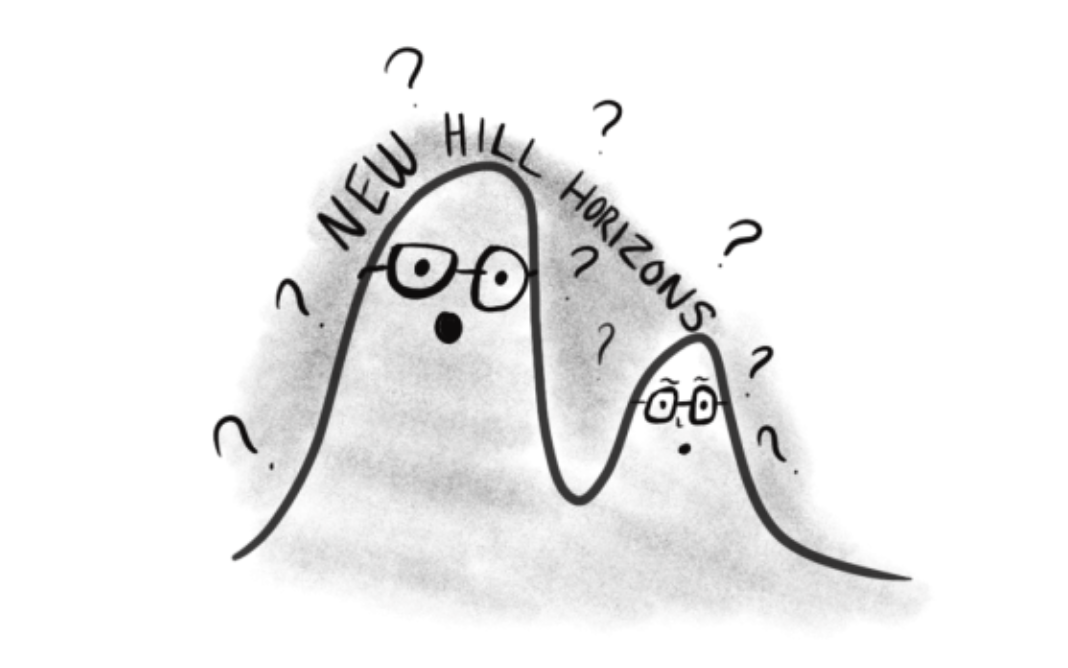Sitting in a packed theater, part of the buzzing crowd, and questioning what the show entailed, the play “Doubt” was a well rounded experience. The play took place in the Haugen Theater, where the audience is immersed by sitting close to the stage to witness the brilliant writing of John Patrick Shanly and direction of Peter Christian Hansen ’97 for this parable.
The show follows the inner workings of a Catholic school with only four actors to carry the script from start to finish. The principal of the school, Sister Aloysius (Jordan Fox ’29), suspects an issue surrounding Father Flynn (Thomas Riordan Jr. ’28), and his connection with a student. To help prove her suspicion, Sister Aloysius asks the help of Sister James (Ella Hansen ’26) to confirm her beliefs. As tension grows through the play Sister Aloysius brings in the parent of said student, Mrs. Muller (Selwe Mbingo ’26), to ask for her beliefs on the situation. As the story draws to a close, the audience is left with questions and an interpretive ending that will leave them thinking for days.
As some may know, Haugen Theater is relatively small and is known as a “black box” theater. This allows the director to arrange the audience and the stage any way they prefer to enhance the performance. In the case of “Doubt,” the stage is set towards the left corner of the room while the audience surrounds them. In an intimate space, the audience is thrown into the story and put directly into the conflict.
“Doing it on the black box theater really hones in on all the themes, especially on the way that all the characters are looking for details in each other to figure out what they think, what they believe, and what they have done. I think the audience as well, when they are that close to the performers, is going to be allowed to catch onto all of these little details that they wouldn’t be able to notice if they were further away,” Hansen said in an interview with The Olaf Messenger.
It is fitting that such an intellectual message would be wrapped neatly around such a small set of cast members and the space in which the story is told. All of these limitations allow the audience to focus more closely on the wording of the script.
“It is one of the most well-written play scripts that I have ever read. Every single line does something for the plot, or means something deeper,” Hansen said. “The best way to experience ‘Doubt’ is really listening.”
With the help of an engaged audience and the actors focusing on interpreting the many nuances of script “Doubt” delivers in every aspect as well as making the viewer come to their own conclusions on the piece. Left strategically open-ended, it ties back into the deeper meaning of having doubts about any subject. Performed with a devoted cast and an engaged audience, “Doubt” gives a lasting impact that extends beyond the time of its delivery.






